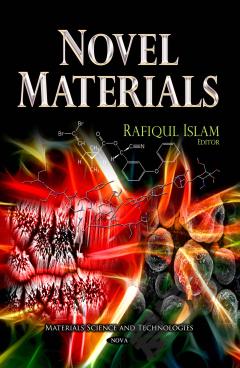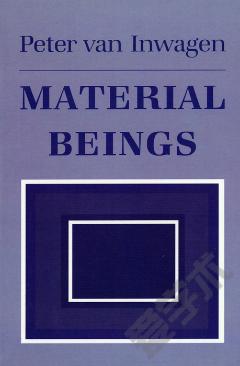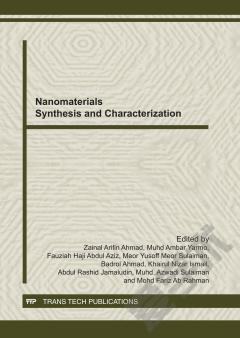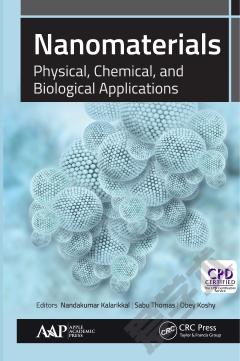Novel Materials
The most important first premise in science is that mass can be neither created nor destroyed. It is also becoming clear that natural laws dictate that mass be connected to energy. In effect, mass-balance provides the only governing equation that is both necessary and sufficient. Clearly, this compels a paradigm shift in scientific study. If a process is ‘engineered’ in violation of natural principles of material production, the balance will be irreversibly disturbed, and the outcome of such a violated process both unpredictable and harmful to future generations. The post-Renaissance mode of technology development is based on an analogous corollary principle of mass production. This is an approach characterized by an excessive focus on quantity to the detriment of establishing or upholding definitive criteria as to quality. In order to make mass-produced materials acceptable to the consumer, non-scientific means have been used to cover up true properties of both materials and energy. As a result, today technologies ranging from photovoltaic electricity to genetically-modified crop production to mass-produced pharmaceutical products are considered to be in harmony with nature. On the other hand, herbal medicine is dismissed as quackery and direct solar energy usage as pseudo-science. Nobel Laureates, such as the prize-winning chemist Robert Curl, have not shied from pronouncing this development mode a ‘technological disaster.’ Unfortunately, to date, even at this level, this broadly-correct diagnosis has yet to give rise to something that could be considered a cure. Others from this same plane of scientific accomplishment, e.g., Stephen Hawking, have echoed Dr. Curl’s general sentiment only to propose alternatives that are actually worse than current practices, e.g., colonization of the planet Mars by this same technologically-disastrous society. Is it not past time that scientists re-examine why Egyptian mummies used not a single drop of toxin whereas modern-day mummification proceeds by means of nothing but toxins? How could the dwellers of Petra Valley in Jordan carve an entire mountainside without using a single source of toxic energy, while we cannot sculpt any amount of Mount Rushmore without resorting to TNT? How could surgeons centuries ago perform complicated surgeries without resorting to X-rays, MRI, ultrasound, etc. — all of which ‘diagnostic aids’ have been demonstrated to be fraught with risks for the patient’s health? There is an emerging science of natural plastics: how can it be elaborated sufficiently to enable replacing ‘hypo-allergenic’ plastic tubes of present-day medical applications? We have to unravel the mysteries of the Taj Mahal that air-conditioned without Freon and powered fountains without electricity. How could Avicenna’s medical science not come with lengthy gruesome details about ‘contra-indications’ and other deadly long-term impacts? As this catalogue is filled out, the really nagging question emerges: can an accumulated body of chemical ‘knowledge’ that cannot distinguish between real and artificial, or of physical knowledge that cannot differentiate the impacts of sunlight and fluorescent light, be relied upon for sorting out the science of all these nature-emulating accomplishments?
{{comment.content}}








 京公网安备 11010802027623号
京公网安备 11010802027623号